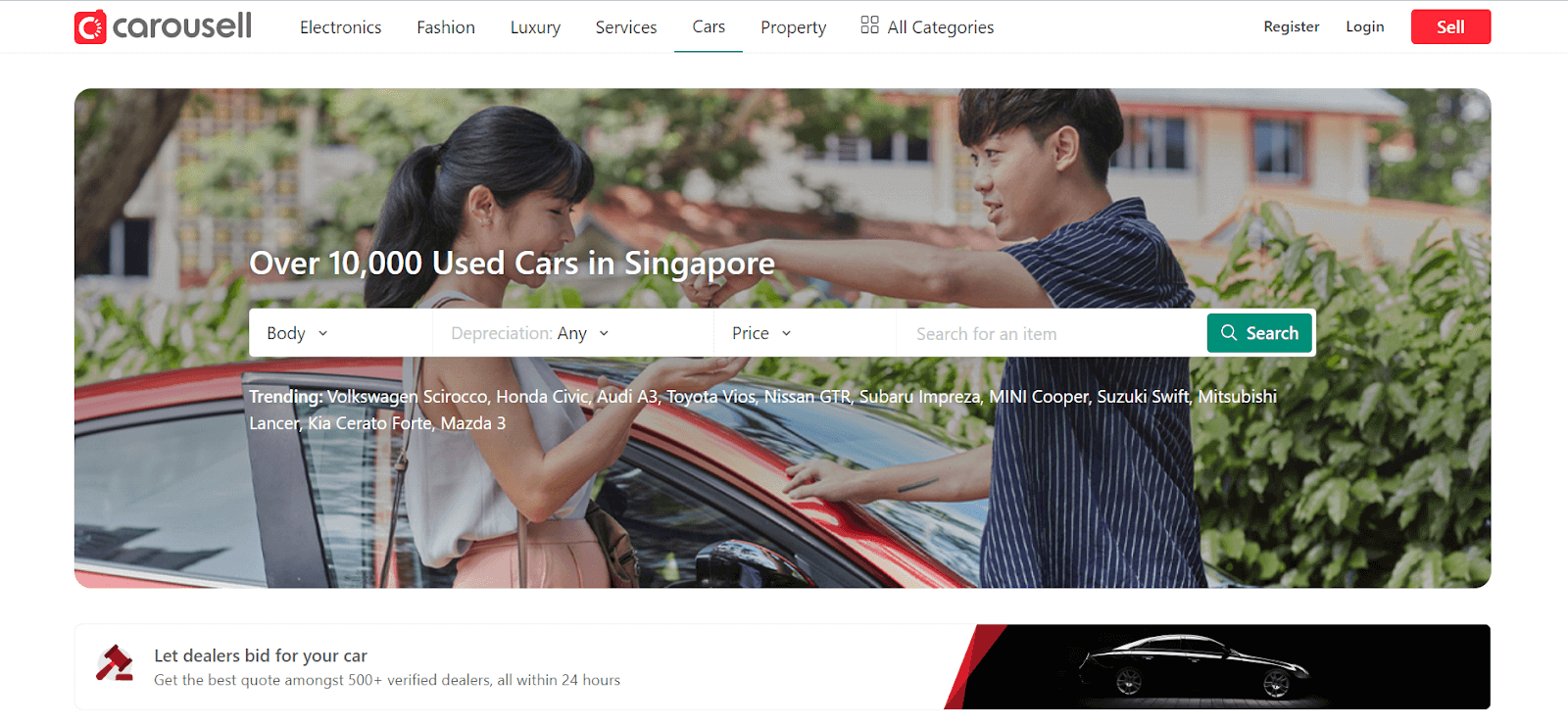Around the world, economists and other experts are predicting an overall slowdown in the global economy, perhaps even a full-fledged recession. In the U.S., the increase in interest rates and high inflation are some of the key factors driving this trend. Indeed, just last month, CNBC reported that bank executives from Bank of America and Wells Fargo are already seeing a slowing of growth in terms of retail customers and businesses. This, after two solid years of pandemic-fueled, double-digit growth.*
The downturn isn’t being felt equally across the retail sector, with airlines, cruise providers, and other experience or entertainment-based industries performing better than those trying to sell durable goods.
Confirming this apparent trend are various reports from this year’s Consumer Electronics Show in Las Vegas where analysts are noting the more “muted tone” of this event. And the Wall Street Journal has suggested that marketers, investors, and agency executives — all anxious to identify this year’s “next big thing” — would do well to reassess their expectations, given the current economic landscape.*
This is because the consumer startups who attend this show to debut the innovative, sometimes quirky gadgets they’re developing, are having a difficult time of it. In addition to an uncertain economy are a slew of layoffs in the tech industry. And so investors are acting cautiously, seeking products that can deliver quick returns instead of hype.
Indeed, venture capital funding is down more than 50% from a year ago, according to Crunchbase.* And the drying up of this funding is hitting hardware companies especially hard.
Contributing Factors
What exactly is contributing to the economic slowdown? We can identify a few likely suspects.
COVID-19 pandemic: The pandemic continues to have a significant impact on the economy and consumer behavior, previously boosting certain sectors as a result of changes in how consumers consumers behave — such as a shift toward online shopping, at-home over in-person entertainment, and the convenience of food delivery when eating out became problematic.
But now, the pandemic is contributing to a slowdown for many industries, including digital consumer brands. Blame pandemic-related disruptions in supply chains which have led to difficulty in both manufacturing and distributing products.

Global economies are still reeling from the effects of the pandemic.
Increased competition: The proliferation of ecommerce and the ease of starting an online business have led to increased competition in the digital consumer brand space. As more brands enter the market, it becomes harder for any one brand to stand out and capture a significant share of the market.
Changing consumer preferences: Consumer preferences and habits are constantly evolving, and digital consumer brands must work diligently to keep up with these changes in order to remain relevant. For example, there have been tiny shifts towards more sustainable and socially responsible products, which could impact certain brands that do not prioritize these increasingly emergent values.
Impacts of the Slowdown
A slowdown can have various impacts on digital consumer brands, depending on the nature and severity of the slowdown, as well as the specific characteristics of the brand. Some potential impacts of a slowdown on digital consumer brands could include:
- Reduced profitability: If demand for the brand’s products or services decreases, this can impact profitability, as the brand may not be able to generate as much revenue as in previous quarters or years.
- Difficulty accessing financing: A slowdown can also make it more difficult for brands to access financing, as investors and lenders tend to be more cautious during times of economic uncertainty.
- Increased competition: As consumers may be more price-sensitive during a slowdown, digital consumer brands may face increased competition from lower-priced alternatives.
- Changes in customer behavior: Economic slowdowns can also lead to changes in customer behavior, such as a shift towards cheaper or more practical products, which may impact a brand’s sales, depending of course on their sector and customer base.
Overall, a slowdown can present challenges for digital consumer brands, but it can also provide opportunities for brands that are able to effectively adapt and meet the changing needs of their customers.
Strategies for Adapting to a Changing Economy
What are some key strategies that digital consumer brands can employ in response to the slowdown
Hyperpersonalize Your Experiences
These days, one of the most effective strategies is to create not just personalized but hyperpersonalized communications and offers. These can target both customers and prospects, although you will undoubtedly have more detailed information about actual customers from their interactions with you, which is what hyperpersonalization requires.
Watch Your ROI
Digital consumers brands should also see how they can be far more strategic with their marketing and advertising decisions. For example, by investing in cross-channel strategies. This will ensure their dollars or dinars are spent wisely in ways that will optimize ROI and customer retention.
Omnichannel marketing is another highly effective approach which puts the customer in the center of the strategy. It hones in on the customer experience across all channels and seeks to create a consistent, positive experience at every touchpoint in the customer lifecycle.
For example, CleverTap customer BharatPe, which has over six million active users. The company needed to better anticipate user needs, segment users, and engage them with contextual and personalized messages.

Read the full case study of how BharatPe doubled CTRs for their omnichannel campaigns.
In addition, their marketing and branding team communicates with users via both physical and digital methods and knew that they needed to create a seamless experience across all their channels.
By automating journeys and campaigns they were able to better engage users and reduce drop-offs. Automated segmentation allowed them to engage with specific user groups. And WhatsApp marketing campaigns let them connect with users in a friendly, interactive manner.
As a result of their efforts to incorporate analytics, segmentation, and funnels, they doubled CTRs for their push notifications.
Diversify Your Products
Diversification of products and services is another way to ‘hedge your bets.’ Depending on your product or service, it may not be as easy as diversifying something like an investment portfolio, but there are still undoubtedly ways that many brands can expand what they offer to reach previously untapped segments of consumers.
Another of our customers, Carousell, is an online marketplace in Singapore whose app makes it easy to sell previously owned stuff. Their team created cross-category acquisition by finding what they call “affinity categories” — categories that are connected by the psychographics of its customers.
For example: an insight they found is that their “parenthood” segment had much in common with their “cars” segment. So, they started developing journeys for their parenthood users — educating them about the safest cars for their family and providing discovery points for them. The result: a cross-selling campaign that opened up their second-hand car market to parents.

Read how Carousell uses affinity categories to cross-sell products to new users.
Create Loyalty Programs
It’s also an excellent short and long term strategy to create customer loyalty programs. These programs, which provide discounts or other incentives to long-term users, effectively boost customer retention by showing your most loyal users that you appreciate their longevity.
Loyalty programs can be:
- Point-based, in which customers spend money to accrue points used to get free products or services.
- Tiered, which uses an advanced point system in which customers move up to the next tier level — and upgraded benefits — by collecting enough points.
- Paid, where customers pay a monthly or annual fee to join and then have access to the benefits of the VIP Member club.
Examples abound around the world of these kinds of programs, many of which are hugely popular with customers.
The airline industry is probably one of the best known for offering loyalty rewards, through branded credit cards and other avenues. Delta, for example, showed their innovative spirit with a “buy now, pay later” program. Though not the first to do this, it’s still a savvy move that lets the brand increase their alternative sources of revenue while tightening their grip on consumers’ wallets.*
Another brand known for its loyalty program is Sephora with its three-tiered program in which the more one spends, the more rewards they receive. They must be doing something exceptionally well as the brand boasts 17 million loyalty program members — and these super-fans are responsible for a whopping 80% of the company’s sales.*
Amplify Your Social Responsibility
Today, many consumers are increasingly cognizant of how different industries can have both a positive and negative impact on society at large. And so, more and more they look for brands that demonstrate that they value sustainability and social responsibility and are working to incorporate these values into their products and services, along with their business operations and decision-making.
Companies like Patagonia or TOMS do this effectively and provide us with a blueprint for socially responsible brands.
Listen to our podcast where Ian Stewart, CMO and chief digital officer of TOMS, talks about being purpose-driven as a brand and how it connects to retention as well as revenue.
Thriving Despite Challenges
Despite the slowdown, it’s clear that digital consumer brands still have many opportunities to thrive. It may take more effort and creativity than in the past, but it’s also true that the slowdown presents a unique chance for digital consumer brands to reassess and adapt their strategies for long-term success.

Subharun Mukherjee 
Heads Cross-Functional Marketing.Expert in SaaS Product Marketing, CX & GTM strategies.
Free Customer Engagement Guides
Join our newsletter for actionable tips and proven strategies to grow your business and engage your customers.















































